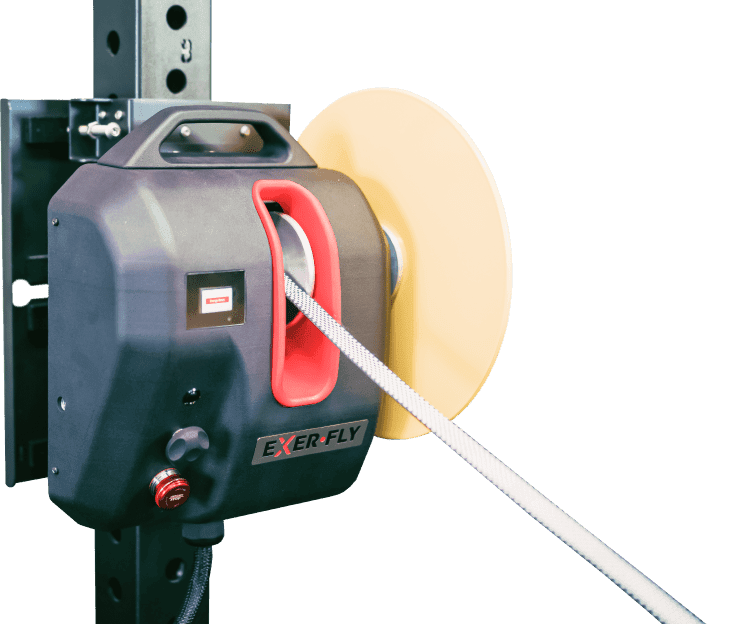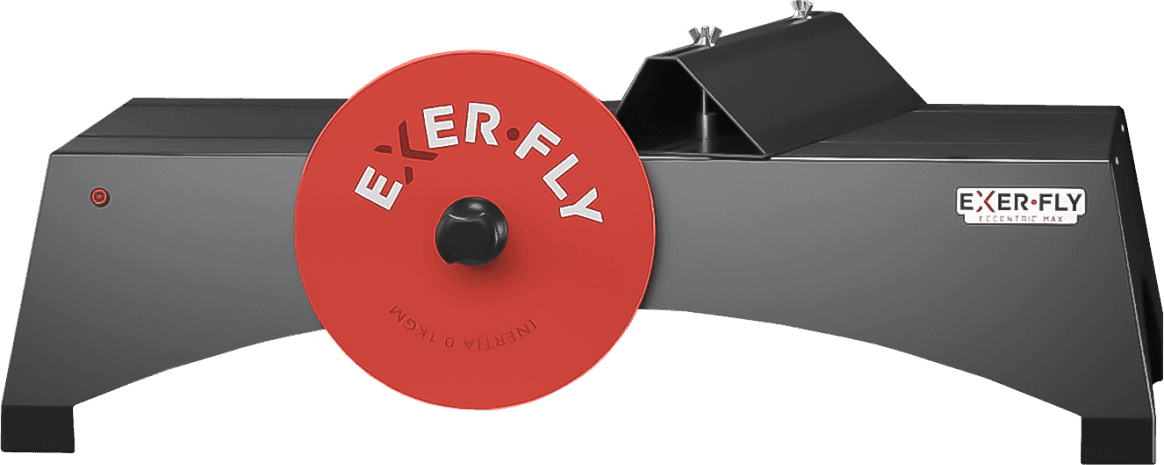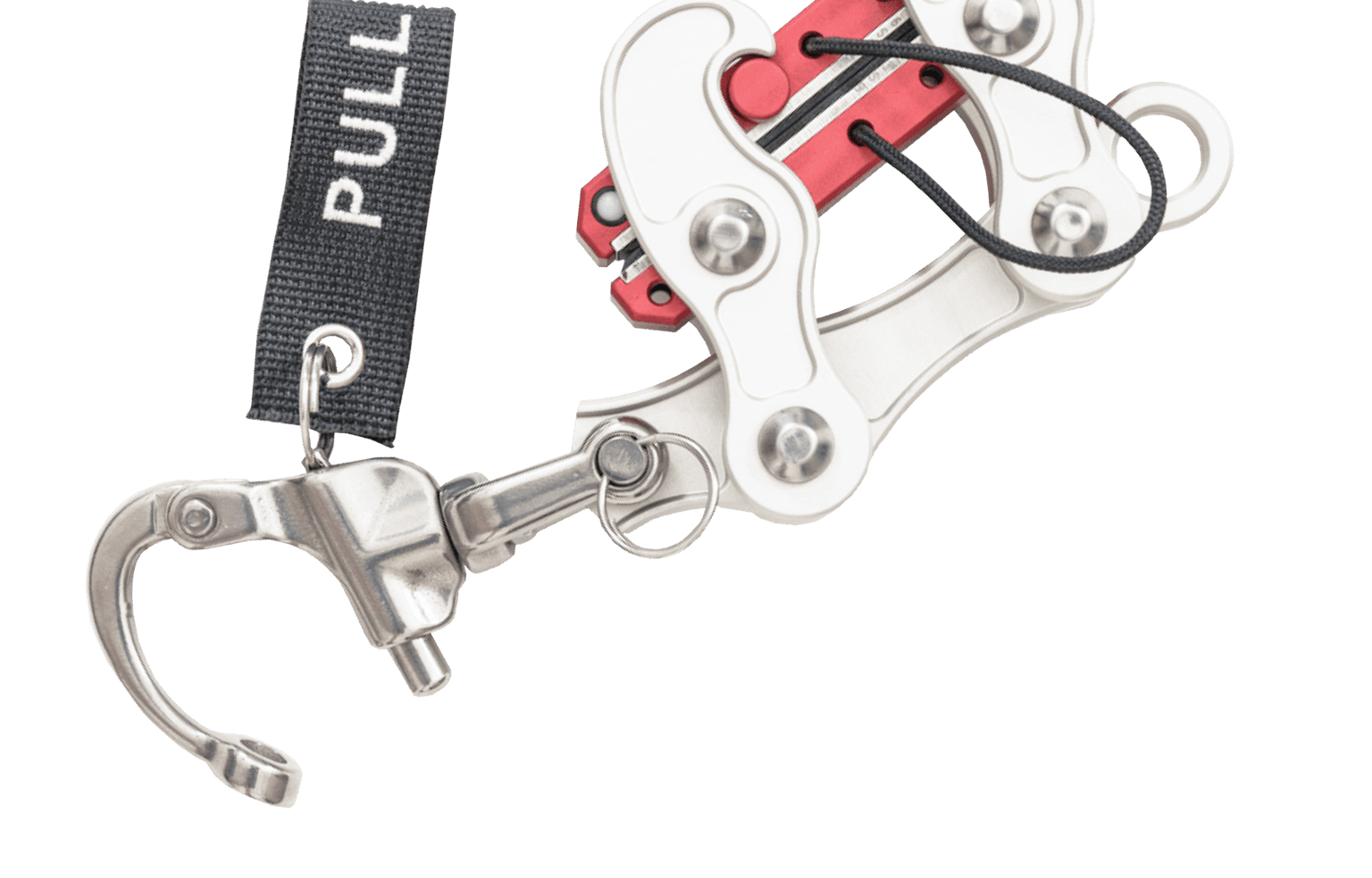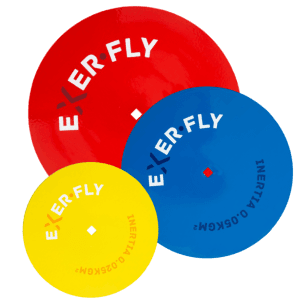
Mastering the Ice: How Flywheel Training Transforms Hockey Athletes
Hockey, known for its demanding nature and high-intensity gameplay, requires athletes to possess exceptional physical fitness and endurance. While research on flywheel training in hockey is limited, the unique benefits it offers can revolutionize training strategies for performance coaches in this dynamic sport. In this article, we explore the potential of flywheel training to enhance performance, improve strength and power, and address the specific challenges faced by hockey athletes. How can flywheel training help athletes excel on the rink? Let's find out.
Understanding the Demands of Hockey
Hockey is characterized by frequent line changes and intense bursts of anaerobic activity, requiring players to give it their all in short, explosive bursts. However, beneath this anaerobic surface lies the need for a solid aerobic base to sustain performance and aid in recovery. This unique combination makes hockey athletes some of the most well-rounded and fit individuals in the sports world.
So, how do you program flywheel training effectively for hockey athletes while keeping fatigue in check?
To optimize training outcomes and prevent overtraining, it is crucial to implement a well-structured program. For hockey athletes, integrating flywheel training can unlock a new level of performance while minimizing the risk of excessive fatigue.
Here's a suggested approach:
Compound lifts for speed and power: Including 3-4 sets of compound lifts with 6-7 repetitions in flywheel training has shown improvements in sprint speed and power compared to traditional training methods. Elite hockey players have experienced enhanced performance by integrating flywheel exercises into their routines.
Full-body sets with compound lifts: Considering the demanding game schedule and travel requirements, hockey athletes can benefit from short, full-body sets comprising 5-6 exercises. This routine can include 2 compound lifts combined with accessory exercises, performed for 2-3 sets with a target of 10-12 reps. Starting with moderate effort and gradually increasing to maximum effort in the last two reps of each set can effectively challenge the athletes.
Here are some general guidelines:
Strength: Aim for 2 or more strength training sessions per week, focusing on 7-8 reps, 4-6 sets, with 1-2 minutes of rest between sets.
Power: Incorporate 3 or more power training exposures per week, targeting 7-12 reps, 3-6 sets, and allowing for 2 minutes of rest between sets.
Building up to motor: To ensure a gradual and systematic approach to training, hockey athletes can follow these phases:
- Introduction phase (2-3 sessions): Build confidence by familiarizing oneself with flywheel training techniques.
- Submaximal training (4-8 weeks): Focus on learning how to push oneself using a 1:1 concentric-to-eccentric training ratio.
- Intro to supramaximal (5-10% Boost) (4-6 weeks): Combine true eccentric overload with submaximal accessory exercises to challenge the body further.
- Supramaximal (15-30% Boost): Go all out with big compound lifts, incorporating slow or fast eccentric movements to maximize gains.
Targeted areas and adaptation:
When it comes to flywheel training for hockey, certain areas deserve special attention...
Fast movements with compound lifts: Emphasize explosive movements during compound lifts to simulate the rapid actions required on the ice.
Vertical jump and change of direction: Research has highlighted the benefits of flywheel training for improving vertical jump height and enhancing change-of-direction capabilities, both crucial in hockey.
Switching muscle groups: Flywheel training allows for easy targeting of different muscle groups, such as the adductors (groin), calves, and quad-focused movements, facilitating well-rounded development.
Non-lumbar loading: By reducing strain on the lumbar region, flywheel training provides a safe and effective way to train without compromising performance or increasing the risk of injury.
How can hockey players effectively maintain their training regimen while traveling?
That's where we come in...
Hockey players face one of the most gruelling travel schedules in sports. Portability becomes a crucial factor when selecting training equipment. Exerfly's innovative design and versatility in adjusting angles, velocity, force, and positions make it an ideal choice for hockey athletes. With Exerfly, athletes can continue to train effectively, even during travel, while minimizing delayed onset muscle soreness (DOMS). Check out our Portable product, specifically designed with travelling athletes and sports teams in mind.
In summary
Flywheel training has the potential to revolutionize the training routines of hockey athletes. By integrating this dynamic training method into their programs, performance coaches can unlock new levels of performance, enhance strength and power, and address the unique challenges faced by hockey players. Embrace the power of flywheel training and witness the game-changing impact it can have on the ice. Let's chat!






